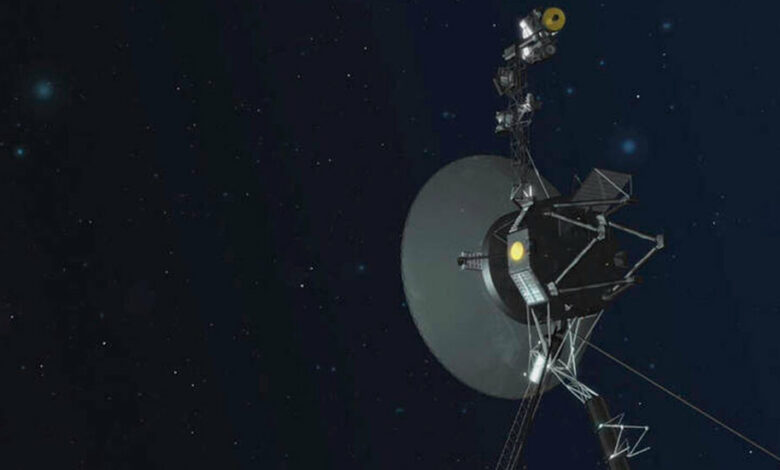Voyager 1 is back from the brink after a major malfunction, NASA says

Just months after a serious computer problem appeared to spell the end of Voyager 1, which had provided data on the outer planets and the farthest reaches of the solar system for nearly half a century, NASA announced Thursday that the spacecraft was operational again.
‘The spacecraft has started collecting information about interstellar space again’ NASA announced this in its announcement about Voyager 1, the most distant man-made object in space.
Since the problem came to light in November, engineers have been working to diagnose and fix the issue, a tedious and lengthy process complicated by the fact that it takes nearly two days to send and receive information from Voyager 1, the first human-made object ever to enter interstellar space and is currently more than 15 billion miles (24 billion kilometers) from Earth.
The space community had been holding its breath since last year as the prospect of repairing the aging probe still looked bleak.
In February, Suzanne Dodd, the Voyager mission project manager, said the problem hampering Voyager 1’s ability to send coherent engineering and science data back to Earth was “the most serious problem” the spacecraft had faced since she began leading the mission in 2010.
Voyager 1 and its twin probe, Voyager 2, were launched in 1977 on a mission to explore the outer planets. NASA took advantage of a rare alignment in the solar system that allowed the probes to visit the four outer planets – Jupiter, Saturn, Uranus and Neptune – by using the gravity of each to swing toward the next.
After the planetary mission was a success, Voyager 1 continued its journey to the edge of the solar system, and in 1990 it took a legendary photo of Earth – a tiny speck in an infinite darkness that became known as the ‘pale blue dot’ .
In 2012, the probe became the first to enter interstellar space and, along with its twin, which followed six years later, has since collected data on the heliosphere, the space around the Sun that is directly under the Sun’s influence.
Perhaps as deep as the pale blue dot, each spacecraft is equipped with a golden record filled with audio recordings and images showing humanity and life on Earth, just begging to one day be discovered by another civilization.
The prospects for recovering Voyager 1 improved substantial in aprilwhen NASA reported that it had successfully returned “useful” data about the probe’s technical systems and health. That was followed late last month by news that the team had restored functionality to two of Voyager 1’s science instruments, allowing it to return science data and continue its mission.
On Thursday, the agency announced that its remaining instruments were back online and that Voyager 1 was functioning normally again.
Still, Voyager 1’s new lifespan may not last long. NASA previously estimated that the core generators on Voyager 1 and Voyager 2 would likely fail around 2025. But Voyager 1 has already shown it can exceed expectations. Ms. Dodd hopes both Voyager spacecraft can reach the mission’s 50th anniversary in 2027.




